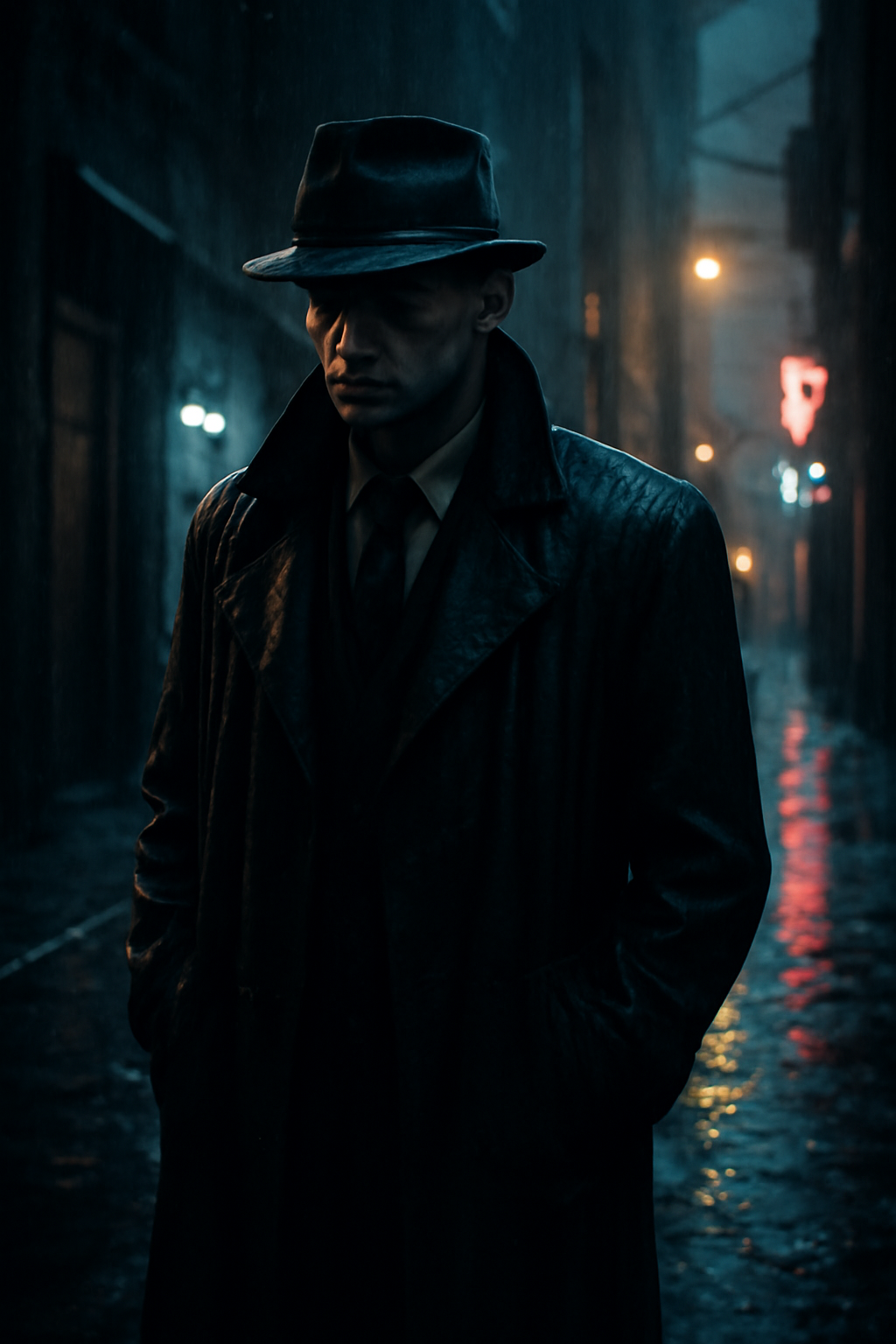Welcome to the new age of cinema, where artificial intelligence is transforming the fundamentals of filmmaking. In the past, scriptwriting and storyboarding—the backbone of pre-production—required meticulous work, frequent revisions, and plenty of time. Now, generative AI is supercharging these creative steps, opening unprecedented possibilities for both seasoned professionals and indie creators. This extensively researched article blends industry case studies, expert insights, and practical advice to show how tools like ChatGPT-4o, Midjourney, and more are reshaping pre-production.

The Evolution: From Handcrafted to AI-Augmented Filmmaking
AI filmmaking is not just hype—major studios, independent creators, and commercial agencies are already leveraging these technologies. For example, VKTR.com, a leading visual effects studio, used proprietary AI algorithms to reduce effects rendering time by up to 60% on a high-budget sci-fi project, allowing rapid creative iteration and freeing artists from technical bottlenecks. Similarly, Infinite Dreams, a short film by Amsterdam’s Aideal Studio, seamlessly fused live action with AI-generated environments, highlighting how color grading and precise visual coherence can unify human and machine-generated imagery.
AI-Powered Scriptwriting: The Writer’s New Best Friend
Tools like ChatGPT-4o offer powerful collaboration for screenwriters at every stage:
-
Brainstorm Concepts: Give the AI a basic premise (“a detective story set on Mars”) and receive multiple loglines, character motivations, and plot twists tailored to your genre.
-
Character Building: Provide a brief description—ChatGPT can flesh out complex backgrounds, flaws, and evolving character arcs.
-
Plot Structuring: Use classic frameworks like the three-act structure or experiment with nonlinear storytelling, with AI suggesting key turning points.
-
Dialogue Creation: Specify tone and objectives—let the AI draft realistic banter, heated arguments, or subtle subtext.
Professional scriptwriting has shifted from pure human effort to a collaborative model: early drafts are often generated by AI and then refined by writers. Predictive tools like ScriptBook help studios analyze scripts for narrative structure, estimate audience engagement, and forecast commercial success, integrating data-driven decisions into creative writing.
Pro Tip: Treat your AI tool as a creative ally, not a replacement. The wow factor emerges from blending machine-generated content with your unique style, ensuring every script reflects your personal vision.
Cutting-Edge Platforms: Expanding the Toolkit
As the AI ecosystem grows, so do the available platforms:
-
Jasper AI expands from marketing copy to short film scenes and YouTube scripts, offering tone adjustment and protein-driven dialogue templates.
-
Plotagon instantly animates dialogue and scenes, letting creators story test in real-time.
-
Shai Creative offers an all-in-one pre-production workflow—upload scripts, generate storyboards, create animatics, and produce shotlists, with detailed prompt-based character and shot adjustments ensuring visual consistency.
These platforms not only enhance productivity but also democratize professional-grade scriptwriting, making it accessible to newcomers and cost-conscious studios alike.
Visualizing Stories with AI Storyboarding
Once your script takes shape, it’s time to visualize:
AI Storyboard Power
Tools like Midjourney, Storyboarder (Wonder Unit), FrameForge, and Adobe’s AI-powered features turn text prompts and scene descriptions into cinematic panels. With minimal input, you can:
-
Choose shot types, camera angles, and lighting moods (noir contrast, foggy dawn, neon alleyway).
-
Direct character actions (“a weary detective examining a holographic clue”).
-
Experiment with art styles (comic book grit, anime key visual, photorealistic render).
Directors and artists can select, modify, or combine generated frames, enabling more dynamic and responsive filmmaking—changes can be rapidly implemented without sacrificing coherence.
Example Prompt:
cinematic film still, a sci-fi detective in a trench coat stands in a rain-soaked, neon-lit alleyway, looking at a holographic clue, low angle shot, film noir style, photorealistic –ar 16:9
Real-World Case Applications
-
Instant Visuals: AI storyboard artists turn rough scene descriptions into fully realized visuals within minutes, supporting tight deadlines and modest budgets.
-
Creative Iteration: Multiple versions of the same scene are generated, letting directors experiment and refine.
-
Continuity Solutions: Platforms like Shai Creative ensure consistent character appearance across all storyboard panels and shotlists.
Industry Insights: The Human-AI Creative Partnership
AI does not replace filmmakers—it turbocharges their imagination. Runway ML’s AI editing suite trimmed post-production time by 40% in a recent documentary, allowing editors to focus on storytelling instead of technical tasks. As Doug Shapiro’s industry research shows, AI-powered script analysis can even suggest narrative tweaks that enhance audience retention and engagement.
Creativity Endures: Top professionals see AI as a “collaborator, not a competitor.” By taking over repetitive technical tasks, AI frees human talent to focus on what matters—vision, voice, and originality.
Looking Ahead: Next-Gen Visual Storytelling
In the coming installments, we’ll explore how these AI-generated storyboards come to life with advanced video generation tools, animation systems, and integrated production workflows. In the new era of filmmaking, the synergy of human ingenuity and artificial intelligence is rewriting the playbook—making movie magic achievable for all.